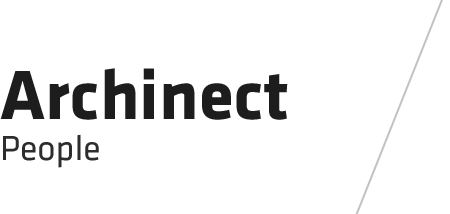
The above section begins to translate the main concept of social connectivity which is most prevalent where floor planes are pulled back from the ones beneath them or in some cases the ones above them. Stretching over these spaces is a glazed webbing with operable panes allowing for natural ventilation in the summer and warm solar gain in the winter. These zones are to be seen as the life
spaces where regardless of your intent within the tower one can go to intermingle with different types of people. Visually these zones allow one to peak into the next volume above or below them and interact or become intrigued by the life that is not there own ultimately facilitating a bond among those that are at opposite ends of the social spectrum. Once the towers split from the base any social connectivity becomes solely visual among those which are not residences. As the towers split
residential from the institution, aquarium, shops, and public space there are four exterior levels which the private and student residences may share, however, it is not until the top ten floors do the two residential towers conjoin to form public space available to any and all. The structure of the tower stemmed from a biomimetic study of foam molecules found inside the beak of the toucan which is ultra light in comparison to its size allowing the bird to get air born. The study was not only useful
in finding a suitable aesthetic for the structure but also in providing a logic for subdivision allowing views to penetrate through the tower on out to the panoramic of the ocean.
Status: School Project
Location: Venice, CA, US